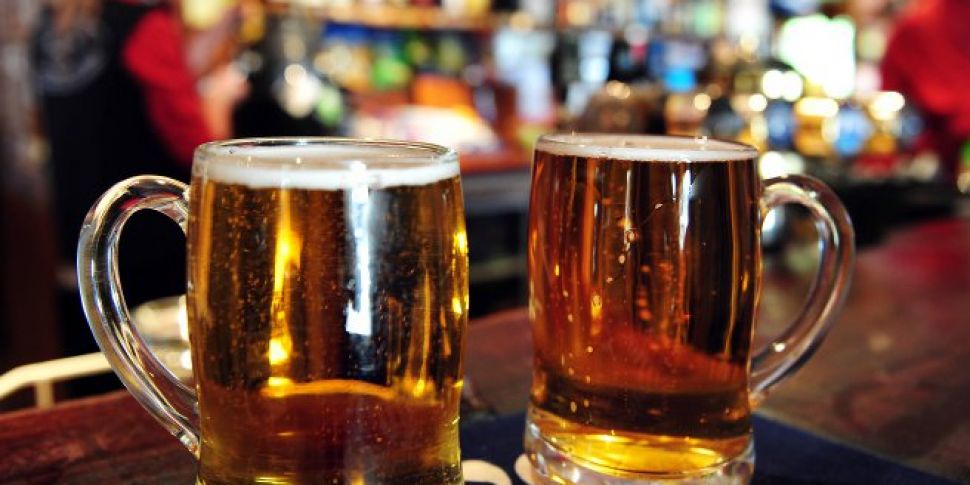Irish people on average drink 11 litres of pure alcohol each a year, according to newly compiled data from hospital inpatient reporting systems.
In 2014, the average Irish drinker consumed the equivalent of 445 pints of beer, 29 litres of vodka or 116 bottles of wine.
The research, published by the Health Research Board, points to a sharp increase in liver disease cases caused by alcohol.
It shows that the discharge rate for patients with the disease trebled between 1995 and 2013, with the most pronounced increase among 15 to 34-year-olds.
Alcohol-related discharges from hospital cost the taxpayer €1.5bn in 2012 - or around 11% of all public healthcare expenditure that year - according to the study.
The figure excludes the cost of emergency cases, GP visits, psychiatric admissions and alcohol treatment services.
Patients with alcohol-related conditions also accounted for just under 4% of all bed days in 2013, up 2% since 1995, while alcohol was responsible for three deaths every day that year.
The total number of people released from hospitals whose condition was “totally attributable” to alcohol rose by 82% over the same period, from 9,420 to 17,120.
Men accounted for 72% of these discharges and women 28%.
Current per capita alcohol consumption is 21% higher, meanwhile, than the Department of Health target.
Harmful drinking
More than 50% of drinkers also consume alcohol in a harmful manner, by drinking too much in one sitting or more than the recommended number of standard units in a week.
The lead author of the report, Dr Deirdre Mongan, said that the rate of alcohol liver disease among young people is a “real public health concern”.
“The disease usually develops after a number of years of harmful drinking, and as a result it is normally seen in older people.
“However, these increases would reflect the high occurrence of harmful drinking patterns that have been observed in numerous Irish surveys over the past decade,” she said.
Dr Mongan added that evidence shows the most effective policies to reduce risky drinking patterns include making alcohol more expensive, restricting its availability and reducing its promotion.
“The data presented in this report demonstrates that alcohol is price sensitive,” she said.
“When its price increases, then its consumption decreases and vice versa.
“In addition, when alcohol consumption decreases then alcohol-related harms decrease and vice versa.
“This is why pricing policies such as minimum unit price or increased excise duty are important public health measures.”
The report can be read in full here.









